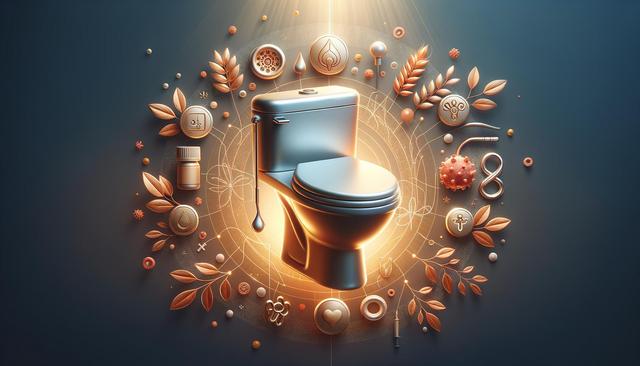Understanding Urinary Incontinence: Causes, Types, and Management
Urinary incontinence affects millions of people worldwide and can significantly impact daily life and emotional well-being.

What is Urinary Incontinence?
Urinary incontinence is the involuntary leakage of urine. It is not a disease itself but a symptom of an underlying condition or physical issue. While it can affect individuals of all ages, it is more common among older adults. Despite its prevalence, many people feel embarrassed to discuss it, which can delay diagnosis and treatment. Understanding the nature of urinary incontinence is the first step toward managing it effectively.
There are several types of urinary incontinence, each with its own causes and symptoms. These include:
- Stress incontinence: Leakage occurs during physical activity, such as coughing, sneezing, or exercising.
- Urge incontinence: A sudden, intense urge to urinate followed by involuntary leakage.
- Overflow incontinence: The bladder does not empty completely, leading to frequent or constant dribbling.
- Functional incontinence: Physical or mental impairments prevent timely bathroom use.
- Mixed incontinence: A combination of stress and urge incontinence.
Identifying the type of incontinence helps healthcare providers determine the most appropriate treatment plan.
Common Causes and Risk Factors
Several factors can contribute to urinary incontinence, including temporary and chronic conditions. Some of the most common causes include:
- Urinary tract infections (UTIs): Can irritate the bladder, causing strong urges to urinate.
- Pregnancy and childbirth: Hormonal changes and the physical strain of childbirth can weaken pelvic floor muscles.
- Menopause: Decreased estrogen levels can affect the bladder and urethra lining.
- Prostate problems: In men, an enlarged prostate or prostate surgery can lead to incontinence.
- Neurological disorders: Conditions such as multiple sclerosis, Parkinson’s disease, or spinal injuries can interfere with nerve signals.
Additional risk factors include aging, obesity, smoking, and certain medications. Lifestyle choices and health status play a significant role in the development and severity of incontinence.
Diagnosis and Medical Evaluation
Diagnosing urinary incontinence involves a thorough medical evaluation to identify the type and cause. Typically, healthcare providers begin with a detailed medical history and a physical exam. Patients may be asked to keep a bladder diary to track urination patterns, fluid intake, and incidents of leakage.
Common diagnostic tests include:
- Urinalysis: Checks for signs of infection, blood, or other abnormalities.
- Postvoid residual measurement: Determines how much urine remains in the bladder after urination.
- Urodynamic tests: Assess bladder pressure and flow rates.
- Cystoscopy: A thin tube with a camera is used to examine the bladder and urethra.
These evaluations help rule out underlying conditions and guide the selection of treatment options. Early diagnosis is key to managing symptoms and improving quality of life.
Treatment Options and Lifestyle Adjustments
Treatment for urinary incontinence varies depending on the type and severity. In many cases, lifestyle changes and non-invasive methods provide significant relief. Common approaches include:
- Pelvic floor exercises: Also known as Kegel exercises, these strengthen the muscles that control urination.
- Bladder training: Involves scheduled bathroom visits and techniques to delay urination.
- Fluid and diet management: Reducing caffeine, alcohol, and spicy foods can minimize irritation.
- Medications: Some drugs help relax the bladder or tighten pelvic muscles.
- Medical devices: Devices like pessaries or urethral inserts can support bladder control.
For more severe cases, surgical options may be considered. These can include procedures to support the urethra or increase bladder capacity. It’s important to discuss potential benefits and risks with a healthcare provider.
Living with Urinary Incontinence
Managing urinary incontinence goes beyond medical treatment—it also involves emotional and practical strategies for daily life. Many individuals find relief and confidence through a combination of approaches tailored to their needs.
Supportive measures include:
- Using absorbent products: Pads and protective garments can offer comfort and peace of mind.
- Maintaining a healthy weight: Reduces pressure on the bladder and pelvic muscles.
- Quitting smoking: Smoking can irritate the bladder and contribute to coughing-induced leakage.
- Seeking support: Talking to friends, family, or joining a support group can ease emotional stress.
Living with incontinence does not have to mean living in discomfort or embarrassment. With the right approach, many people experience significant improvements in their symptoms and overall quality of life.